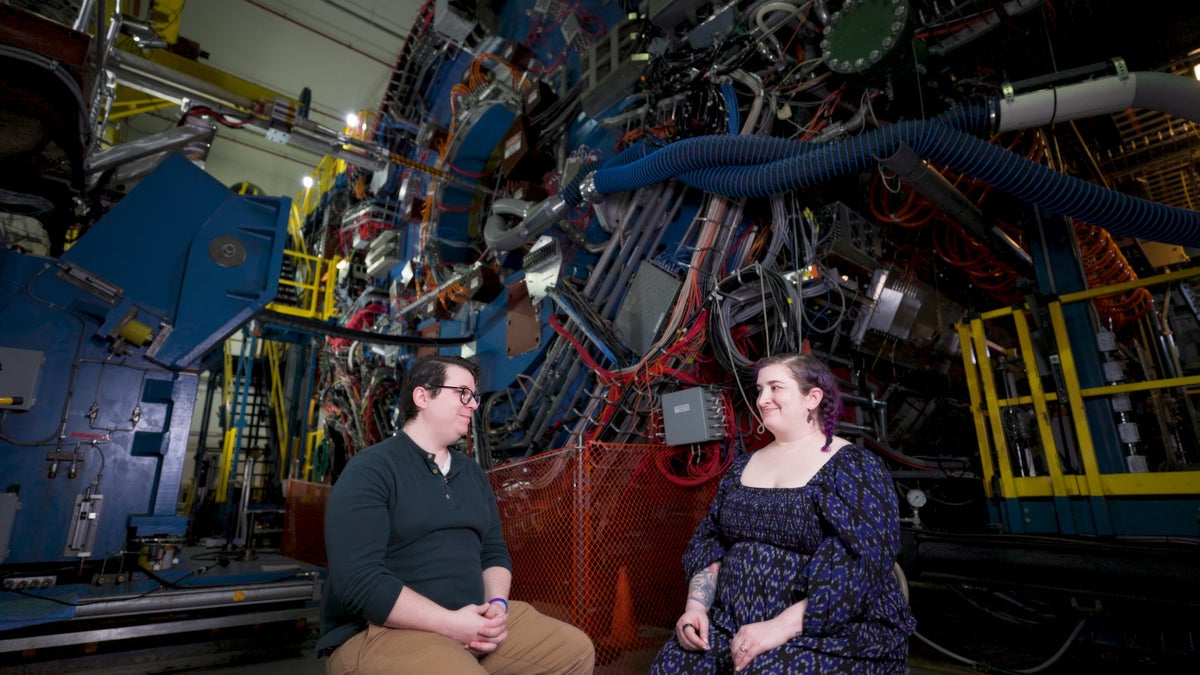Now Reading: Decoding Galaxies: What Are They?
-
01
Decoding Galaxies: What Are They?
Decoding Galaxies: What Are They?

Quick Summary
- The term “galaxy” derives from the Greek word galaktikós kyklos or “milky circle.”
- Modern definitions describe galaxies as large systems of stars,gas,dust,and dark matter bound together by gravity. Though, not all galaxies have all these features.
- Galaxies generally span tens to hundreds of thousands of light-years and contain millions to trillions of stars.The Milky Way is 120,000 light-years wide with 100-400 billion stars.
- There are four major galaxy classifications: spiral (e.g., Milky Way), elliptical (common in galaxy clusters), peculiar (resulting from interactions/collisions), and irregular (typically smaller without structured shapes).
- Elliptical galaxies frequently enough lack gas due to early star formation; peculiar ones tend to be formed via galactic collisions; irregulars include examples like the Small and Large Magellanic Clouds near the Milky Way.
- A study suggests that a minimum mass equivalent to 10 million suns may be necessary for dark matter clouds to collapse into galaxies. Smaller systems include star clusters like globular clusters, which blur distinctions between small galaxies and massive clusters such as Omega Centauri.
- Estimates indicate there are approximately two trillion galaxies in the universe, offering ample opportunities for study.
Indian Opinion Analysis
The article provides fascinating insights into the complexities of defining cosmic structures like galaxies-highlighting scientific nuances even within established classifications such as shape or composition. For indias growing aspirations in space exploration-exemplified by missions led by ISRO-it underscores both existing knowledge gaps regarding global phenomena and opportunities for Indian scientists in contributing innovative research on topics like galactic evolution or classification debates using upcoming telescopes such as India’s Aditya-L1 or potential future collaborations with global observatories. Expanding expertise in astrophysical theory has significant educational implications domestically while strengthening India’s standing globally within advanced academic disciplines related directly to cosmology-focused technology ventures.

























